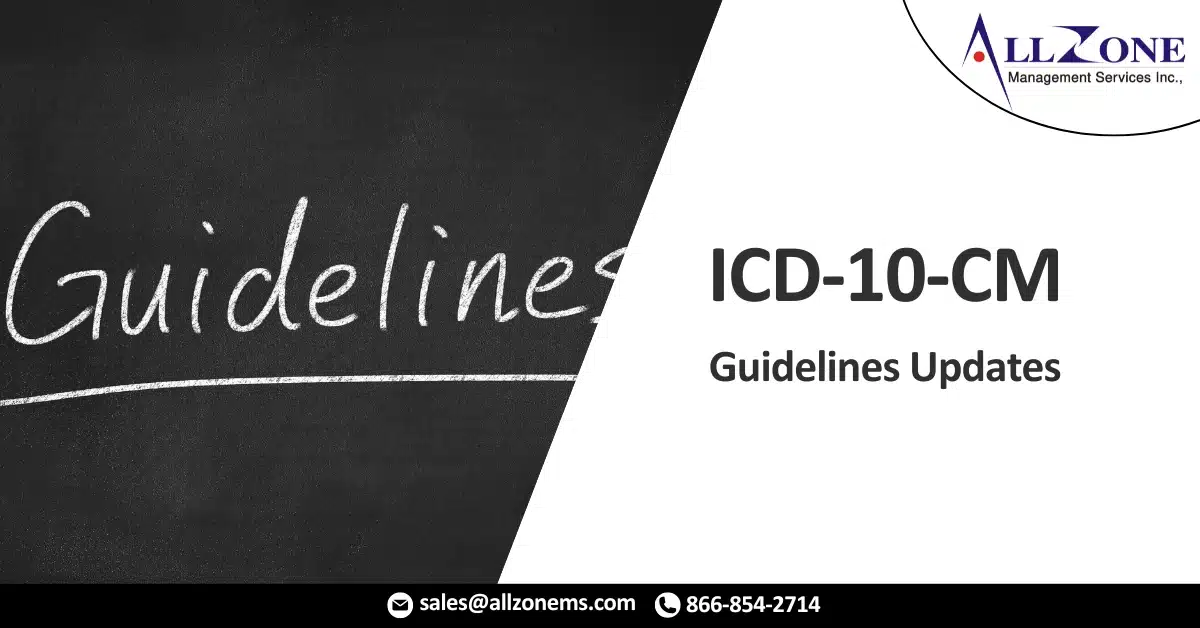Cliff notes for the FY20 ICD-10-CM Guidelines for Coding and Reporting.
EDITOR’S NOTE: Senior healthcare consultant Laurie Johnson reported this story live during Aug. 13 edition of Talk Ten Tuesday. The following is an edited transcript of her reporting.
Last week, I announced that the 2020 ICD-10-CM guidelines were finally released on Aug. 6, 2019. I thought that today, I would talk about some of the updates in the guidelines.
Changes in the guidelines are bolded so that the changes are easily identified. There are also underlines which indicate that an item has been moved within the guidelines. The italics font is used to indicate revisions to headings.
Throughout the guidelines, you will see the change to the term physician to “provider.” At the beginning of the ICD-10-CM guidelines, there is an explanation that the provider means a physician or any qualified healthcare practitioner who is legally accountable for establishing the patient’s diagnosis. This change is visible for the first time in Section I, Chapter 1 paragraph titled “Code Only Confirmed Cases.” The section is referring to the Zika virus.
There is also some wordsmithing throughout the guidelines. In Section I, Chapter 2 paragraph titled “Primary Neoplasm Previously Excised”, the term “diagnosis” is added to first-listed.
Some meatier changes can be seen in Section I, Chapter 9 in portion titled “Other Types of Myocardial Infarction.”, This section has been simplified so that type 2 myocardial infarction secondary to demand ischemia is coded to I21.A1 with the underlying cause coded first. If type 2 acute myocardial infarction is described as STEMI or non-STEMI, only I21A1 should be assigned. STEMI and non-STEMI codes should only be assigned to type 1 acute myocardial infarctions.
In Section I, Chapter 12, paragraph titled “Patients Admitted with Pressure Ulcers Documented as Healed” and paragraph titled “Patients Admitted with Non-Pressure Ulcers Documented as Healed,” it was clarified that if the documentation is present on admission, then these conditions are not coded.
In Section, I, Chapter 15, paragraph titled “Normal Delivery,” perinatal was changed to postnatal.
There are big additions in Section I, Chapter 19 titled “Iatrogenic Injuries” and “Physeal Fractures.” Iatrogenic injuries are injuries that occur during or as a result of medical intervention. These injuries should be coded as complications. For the physeal fractures, the guidance is to assign on the code that identifies the physeal fracture. A separate code that specifies the bone fractured should NOT be assigned.
Another update is related to the new code subcategory T50.91-. If multiple unspecified drugs, medicinal, or biological substances were taken, assign a code from the T50.91 subcategory.
In Section, I, Chapter 19, paragraph titled “Complication of Care,” a new paragraph has been added that states that the intraoperative and postoperative complications should be assigned unless the complication is indexed to a T code.
In Section, I, Chapter 21, paragraph titled “Counseling”, the direction is provided regarding code Z71.84 (Health Counseling Related to Travel). This code is to be used for health risk and safety counseling for future travel purposes.
In Section II.H and Section III.C which are titled “Uncertain Diagnosis”, “compatible with” and “consistent with” terms were added to the present terms that describe uncertainty regarding the diagnosis. Please note that this guidance only applies to the inpatient setting.
The guideline changes, new codes, and CC/MCC designation changes will be the topic of next week’s FY20 ICD-10-CM webinar.
For More Information: updates to the 2020 icd 10 cm guidelines

